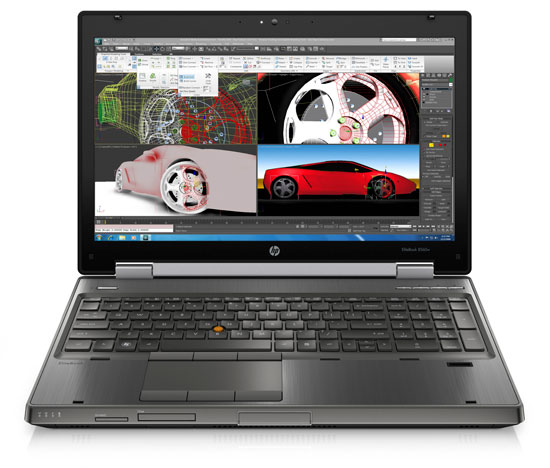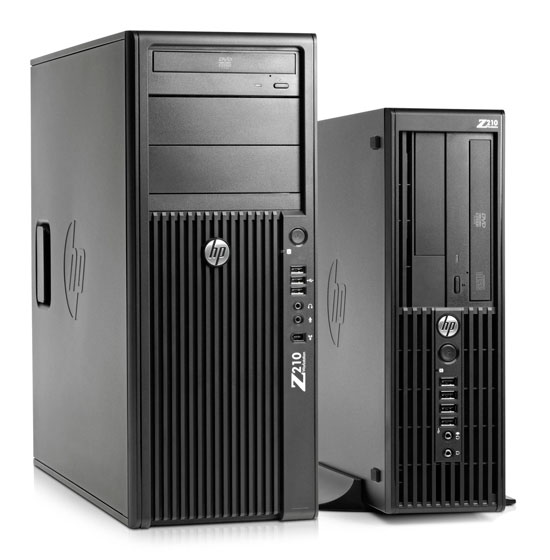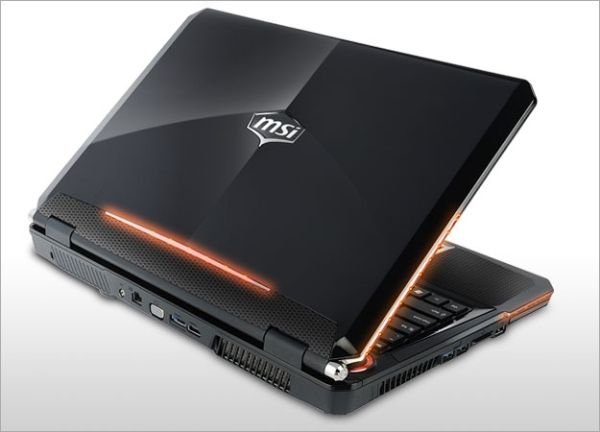Google has released a new Gingerbread update that brings Google Talk with video and voice chat support for Android smartphones. Finally, Android devices get Gtalk with video or voice chat over 3G/4G or Wi-Fi. Only Nexus S devices are blessed with the new Android 2.3.4 update while others will receive it later. That means if you have an Android device with a front facing camera, then you'll have to wait for this update for a couple of months more or until enthusiasts manage to pull out the new Gtalk app for rest of the devices.
Three months ago, Google demonstrated Android 3.0 Honeycomb with video and voice chat in Gtalk. We don't see many Honeycomb based tablets in use these days. However, we do see loads of Android 2.3 Gingerbread based phones out in the market now. Recently, a number of Android apps from Oovoo, Skype, Fring and Tango have been coming up for the video and voice chat services.
Three months ago, Google demonstrated Android 3.0 Honeycomb with video and voice chat in Gtalk. We don't see many Honeycomb based tablets in use these days. However, we do see loads of Android 2.3 Gingerbread based phones out in the market now. Recently, a number of Android apps from Oovoo, Skype, Fring and Tango have been coming up for the video and voice chat services.

Now Google has formally introduced the video and voice chat functionality with the Android 2.3.4 update. At present, only Nexus S will get this update over-the-air. Once the Android 2.3.4 update is installed on the phone, you'll get to see video or voice chat buttons in the Gtalk friend list.
On initiating a video chat with a contact, the text part would be overlaid over the video so that one doesn't have to keep switching between the video chat and the text messages. In case there's a link that will take the user out of the video chat, the chat pauses in the background.
Earlier today, Skype released Qik Video Connect app that will let users have live video chats between Android phones and iOS based devices.
Now, we'll have to wait and see if the new Android 2.3.4 update would be available for all smartphones with front facing camera or not. It may have some limitations and might not work smoothly on devices with less RAM.
Check out the video demonstrating Gtalk with video and voice chat for Android 2.3.4 update below:
































